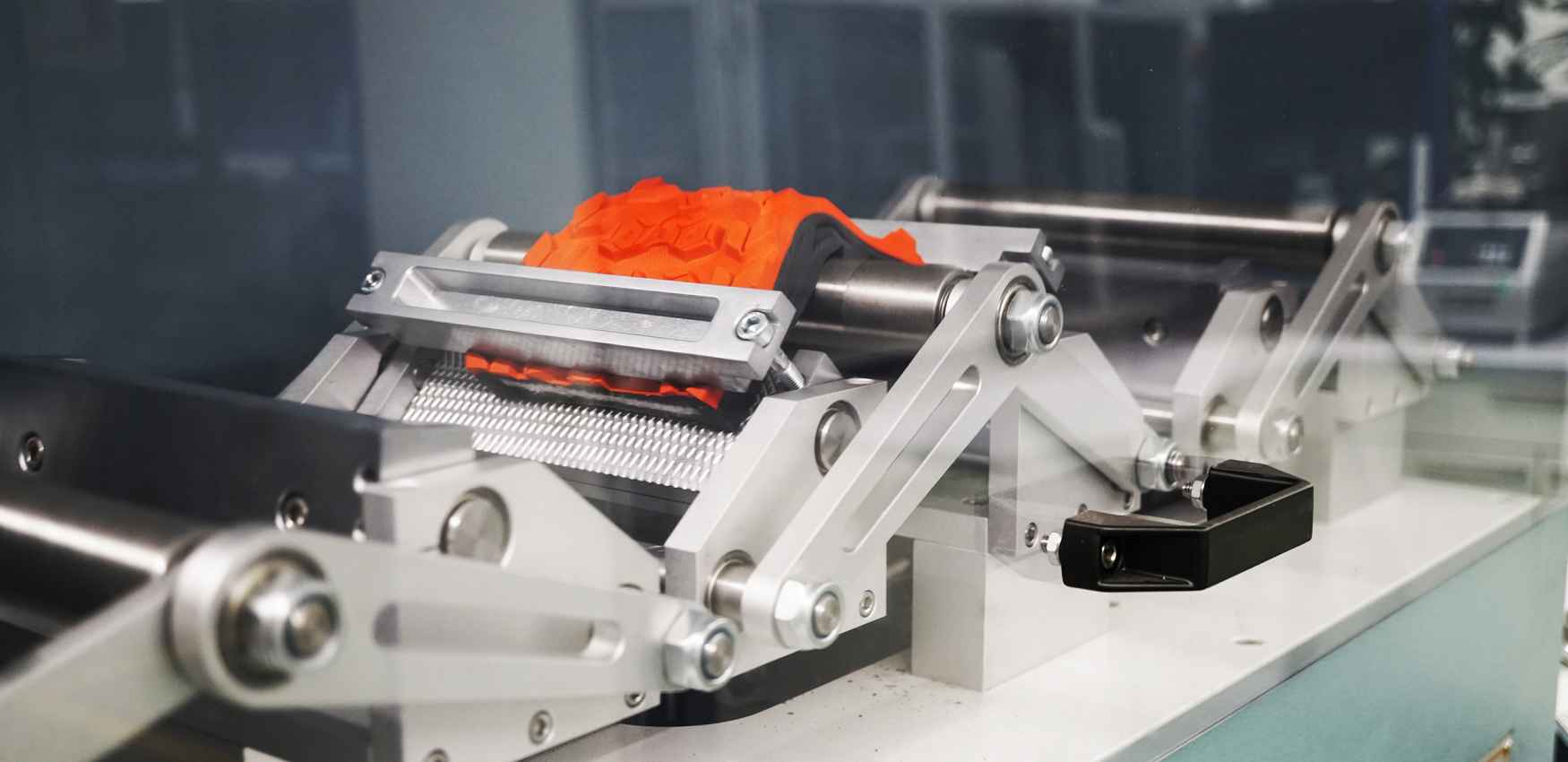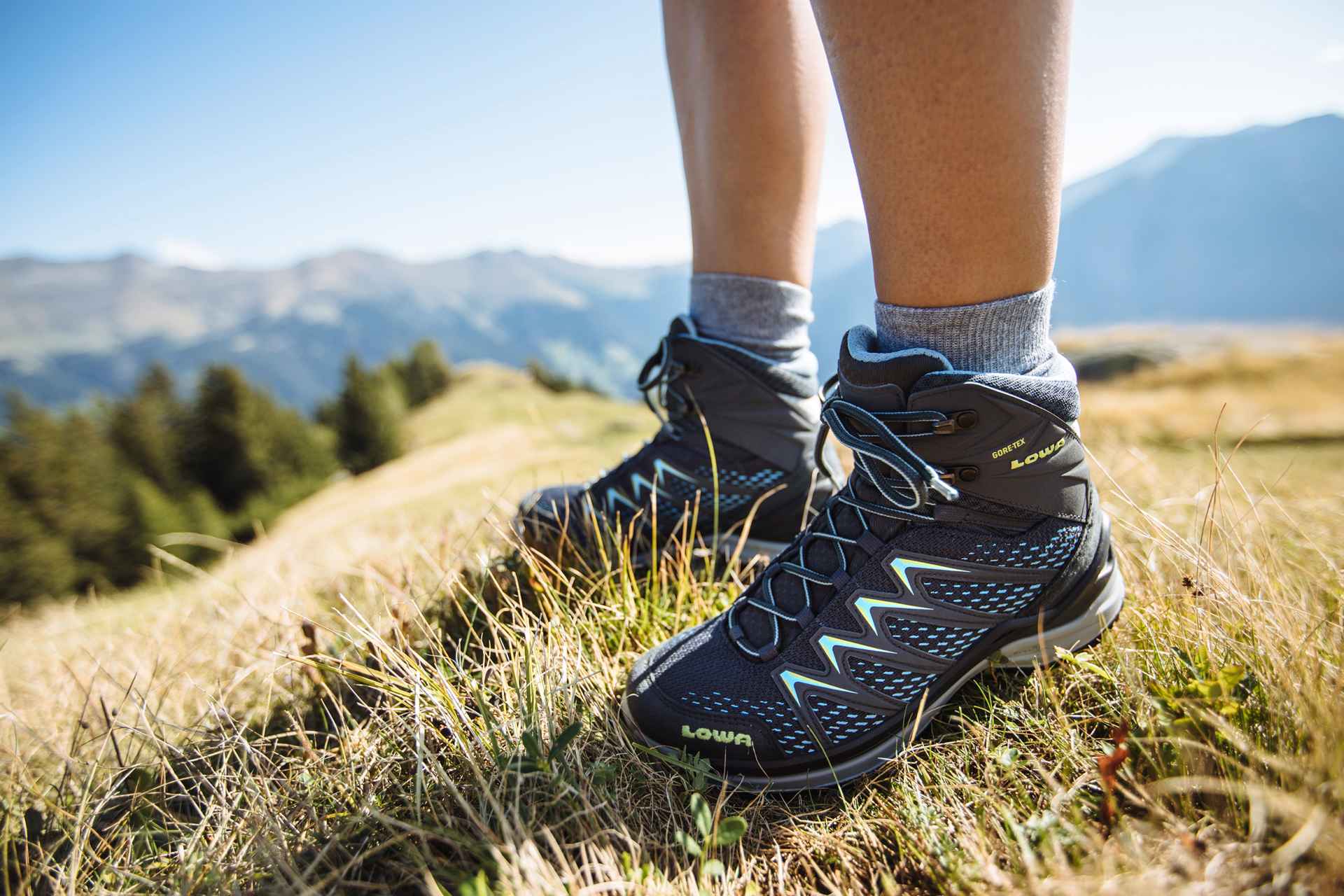The word “vegan” can be defined in various ways. When it comes to footwear, using uppers made of fabric instead of leather gets you halfway there. All products in our All-Terrain Sport collection, as well as some of our other models, are made without the use of leather and animal wool. Similarly, the glue we use is free of animal products and derivatives.
But the process used to demonstrate that no animal products are used in all components is fairly elaborate. It takes real detective work to determine whether the dyes, chemicals, enhancement substances, etc., are free of animal products. The main reason for this is that a very large number of individual pieces and components are used to make high-quality outdoor footwear. The INNOX model, for instance, has more than 150 components. It is nearly impossible to analyse all of these according to the criteria listed above. LOWA is also unable to make any credible statement regarding the very strict vegan criteria that require, among other things, that no animal experiments were conducted on the materials used in the boots and that all plant fibres were produced by certified organic farms.





